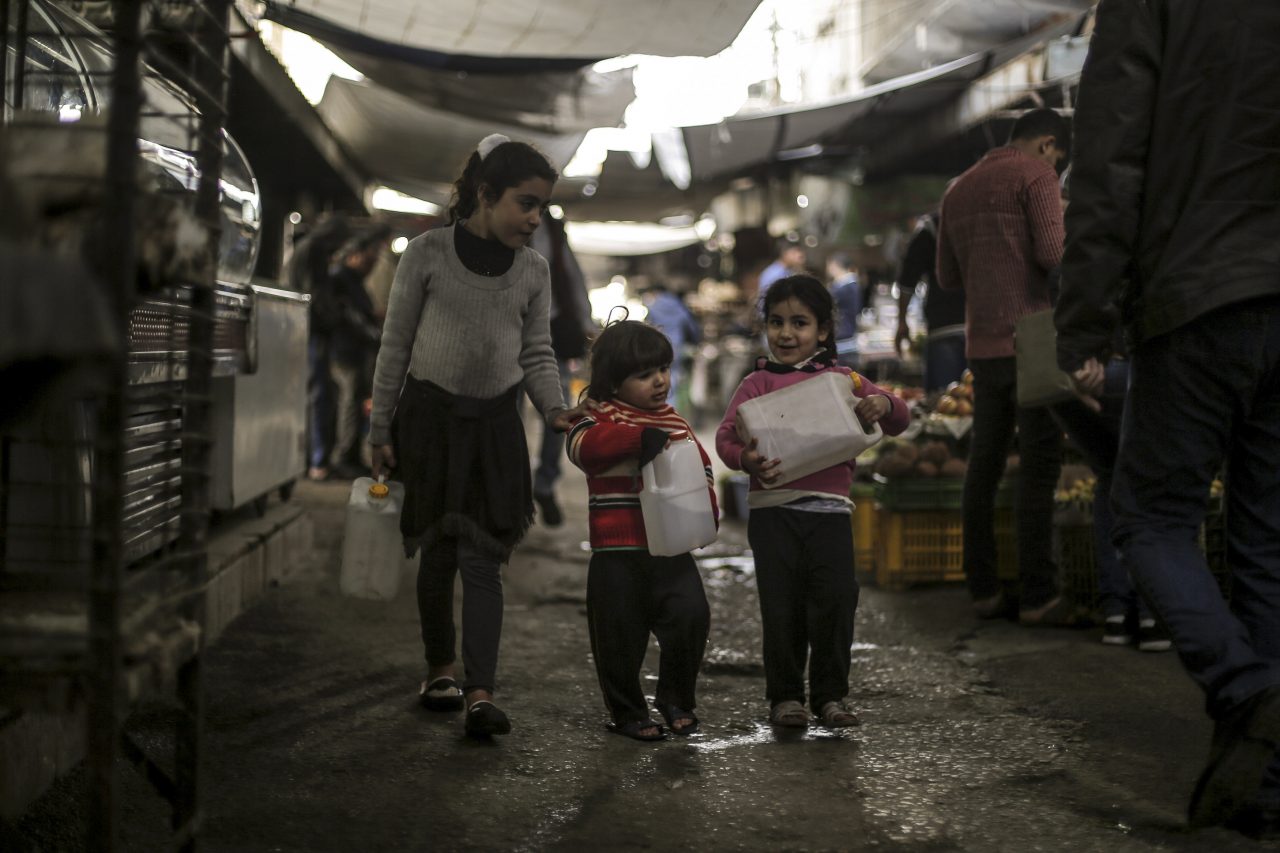Such apocalyptic visions have already captured the public imagination as politicians and activists of nearly all political stripes seek to stir a greater sense of urgency about climate change, migration, infectious disease or global stability.
The debate is fuelled in part on the oft-repeated notion that climate change is already a leading and greatly under-estimated driver of conflict. However, among those who study conflict most closely (security experts and academic researchers) there is little conviction that climate change per se is a leading cause of modern warfare.
“The public and political dialogue often run far ahead of the scientific or academic dialogue on this issue,” says Tobias Ide, a researcher at the Georg Eckert Institute in Germany who is sceptical of the causal link between climate and conflict.
Hundreds of studies over the years have documented how tensions and even violent disputes have erupted over land or water, often between farming and herding communities. But it is only recently that researchers have linked climate change more broadly to patterns of violence, civil war or armed conflict between nations.
One of the most influential studies on the issue, by a group of researchers from Stanford University in the United States, found that “deviations from normal precipitation and mild temperatures systematically increase the risk of conflict, often substantially”.
The 2013 study compared climate and violence data from 60 conflict zones, before, during and after the fighting. “We find strong causal evidence linking climatic events to human conflict … across all major regions of the world,” the report concludes. “The magnitude of climate’s influence is substantial.”
The researchers went a step further, saying “amplified rates of human conflict” could be a result of “anthropogenic [originating in human activity] climate change in both low- and high-income countries”.
But not everyone is convinced. The problem with this and other similar studies, according to Ide, is that the literature and data the research is based on is too heavily concentrated on countries in Africa and (to a lesser degree) the Middle East that were already in conflict.
“Numerous countries in South-East Asia, including India, Nepal, Pakistan, Philippines and Sri Lanka, have suffered lot of violence in recent decades and they are super vulnerable to climate change,” says Ide. “Yet they are hardly studied.”
In addition, he said, very few studies have looked at places where climate change is having a heavy impact but there is no conflict (or climate-related tensions are being dealt with in a non-violent manner).
One area of intense debate is the role of climate change in the conflict in Syria. Some researchers credit a drought from 2006 to 2011, along with crop failures and a subsequent mass migration to Syria’s cities, with setting the stage for grievances to grow into protests and ultimately violence.
Others hotly contend that claim, saying the crop failures were as much due to land-use policies and overuse of water resources, not drought. Further, if climate was the main driver, why did prior droughts and waves of migration not cause the kind of unrest seen in 2011, when a host of other factors (including the so-called ‘Arab Spring’ spreading throughout the region) led to protests and ultimately to conflict?
For Hadil Almahdy, an Egyptian researcher concerned with intersection of peace building and climate, climate change is what she calls “a risk multiplier” not a direct cause. Other factors always come in to play, such as whether there are peaceful avenues for airing out grievances and seeking solutions.
Still, she argues that one should not underestimate the effects that climate can have, even if the climate events are far from the areas of turbulence. “For example, the Middle East imports a tremendous amount of wheat from China and Russia,” she points out. “Well, in 2010, however, China had a once-in-a-century drought.”
The drought caused crop failures and a shortage of global wheat supply, which in turn affected bread prices in Egypt, she says. When government subsidies were reduced, many in Egypt (which has a history of rioting over bread shortages) took to the streets in 2011.
 Red Cross Red Crescent magazine
Red Cross Red Crescent magazine 







 Tech & Innovation
Tech & Innovation Climate Change
Climate Change Volunteers
Volunteers Health
Health Migration
Migration